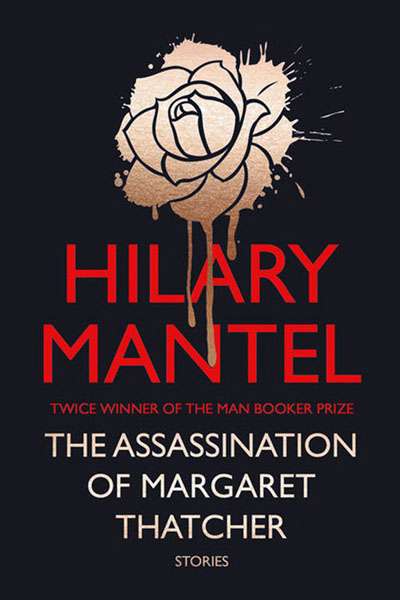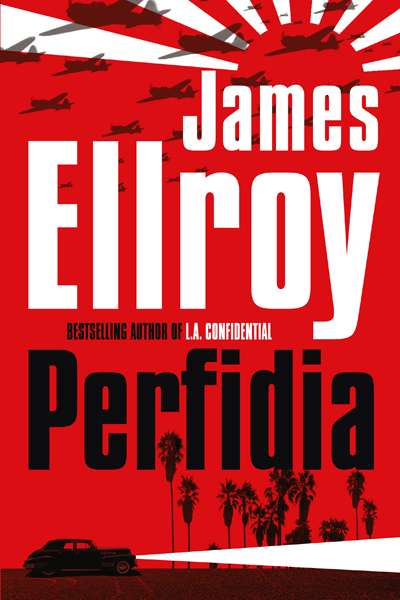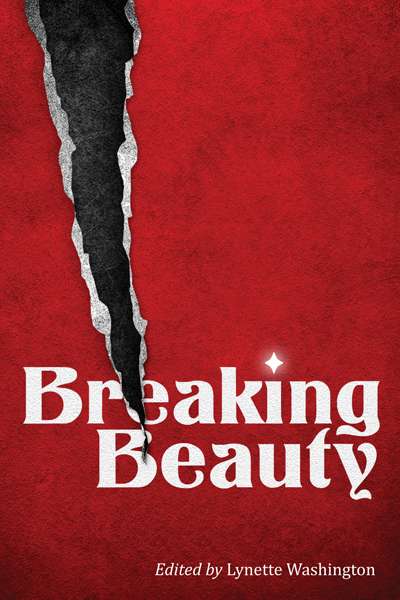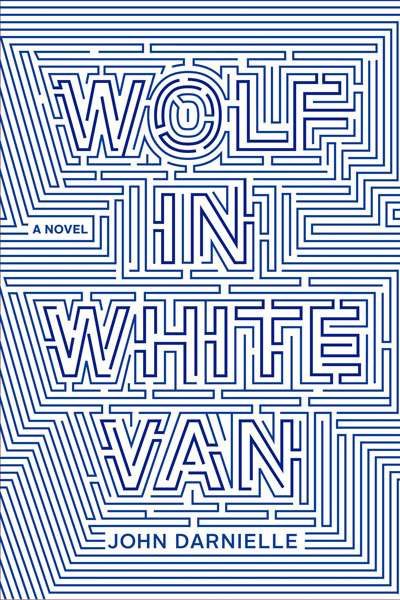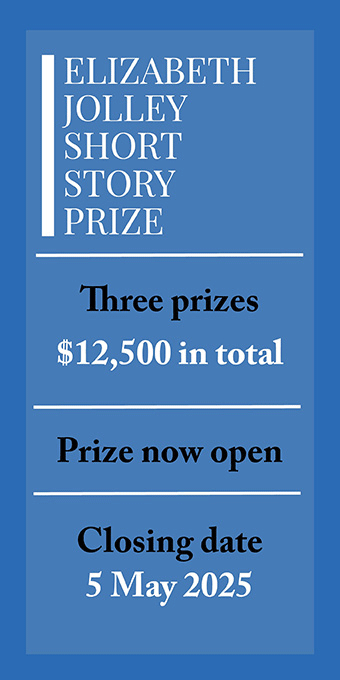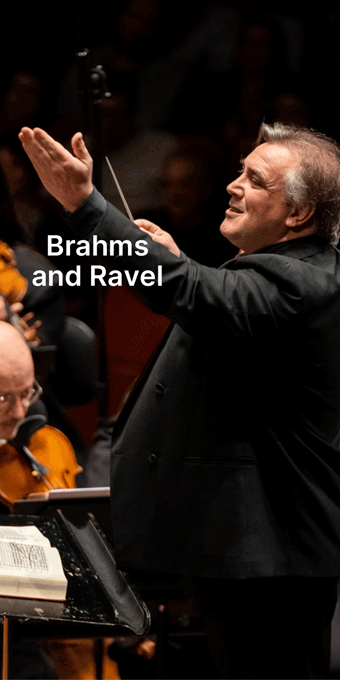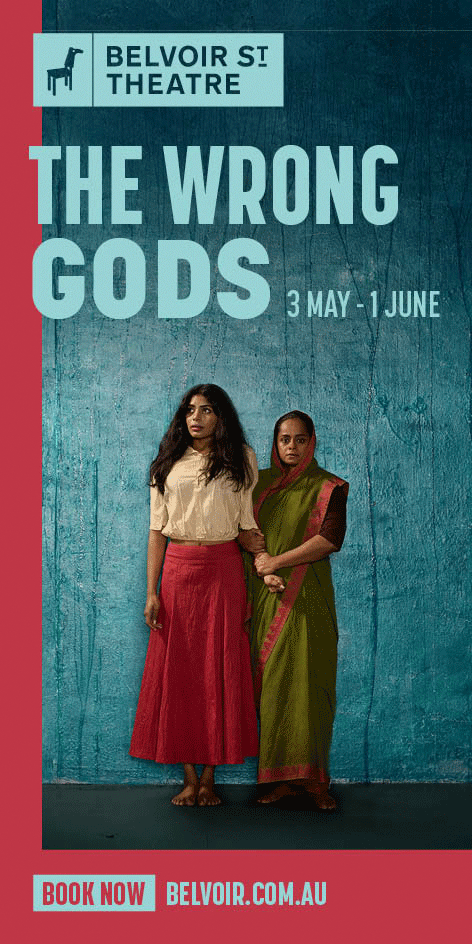Fiction
Kate Grenville (1950–) is an award-winning Australia author of fiction, memoir and non-fiction, Kate’s first publication was the short story collection Bearded Ladies (1984). She has gone on to publish a total of thirteen books in the last thirty years including her most recent one, One Life (2015). Several of Kate’s works have been adapted f ...
The Assassination of Margaret Thatcher: Stories by Hilary Mantel
by Jane Sullivan •
Springtime: A ghost story by Michelle de Kretser
by Francesca Sasnaitis •




